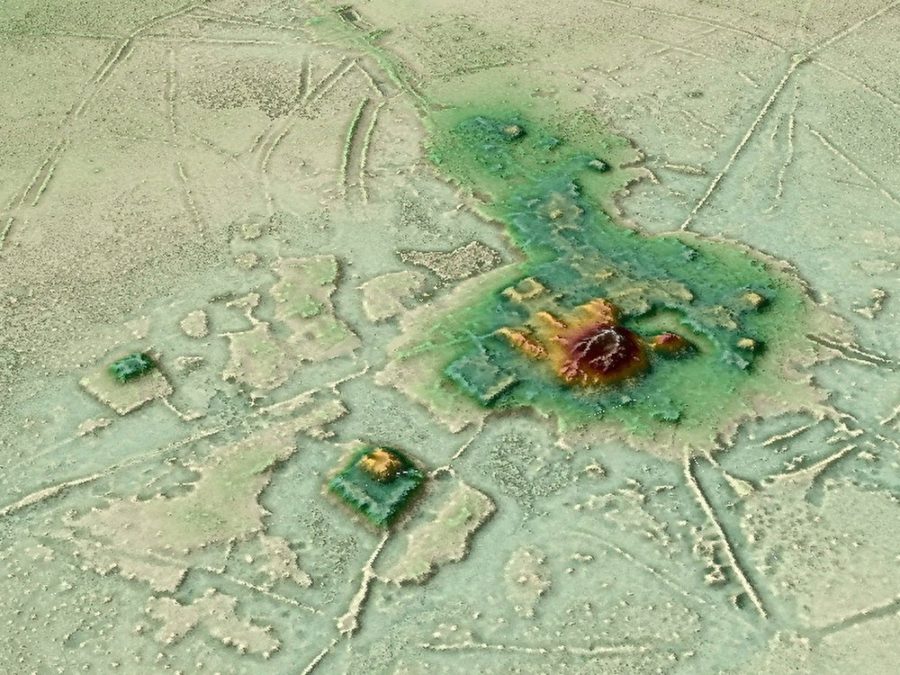Mapping technology cut through the canopy to detect sprawling urban structures in Bolivia that suggest sophisticated cultures once existed–
The following written content by Brian Handwerk

The Amazon is one of the planet’s last great wildernesses, but legends have circulated for centuries that lost cities existed deep within the forests. A search for El Dorado, a supposed city of gold, lured many Spanish explorers far off the map and some of them never returned. As recently as the 20th century, British explorer Percy Fawcett searched for what he believed was the Lost City of Z. He vanished into the jungle and added his own unfinished chapter to a tale that began 600 years ago.
Now the plot has taken a new twist, as scientists have discovered that ancient cities really did exist in the Amazon. And while urban ruins remain extremely difficult to find in thick, remote forests, a key technology has helped change the game. Perched in a helicopter some 650 feet up, scientists used light-based remote sensing technology (lidar) to digitally deforest the canopy and identify the ancient ruins of a vast urban settlement around Llanos de Mojos in the Bolivian Amazon that was abandoned some 600 years ago. The new images reveal, in detail, a stronghold of the socially complex Casarabe Culture (500-1400 C.E.) with urban centers boasting monumental platform and pyramid architecture. Raised causeways connected a constellation of suburban-like settlements, which stretched for miles across a landscape that was shaped by a massive water control and distribution system with reservoirs and canals. The site, described this week in Nature, is the most striking discovery to suggest that the Amazon’s rainforest ‘wilderness’ was actually heavily populated, and in places quite urbanized, for many centuries before recorded history of the region began.
Co-author Heiko Prümers, of the German Archaeological Institute, references an old Spanish proverb asserting no one is so blind as the one who doesn’t want to see. “It’s a myth that was created by Europeans who really spoke of a jungle, and vast regions untouched by humans,” he says. “So a lot of people didn’t want to see that there were archaeological sites here that merit exploration.”
“I’m sure that in the next 10 or 20 years we’ll see a lot of these cities, and some even bigger than the ones we are presenting in our paper,” he adds.
Michael Heckenberger, an anthropologist at the University of Florida, wasn’t involved in the research but has been studying urbanism in the pre-Columbian Amazon for nearly two decades. He notes that elements of the settlement at Llanos de Mojos like moats and causeways, and a modified landscape of parklands, working forests and fish farms, have been seen elsewhere in the ancient Amazon. But the new research unveils something quite new. Read more from Smithsonian.





